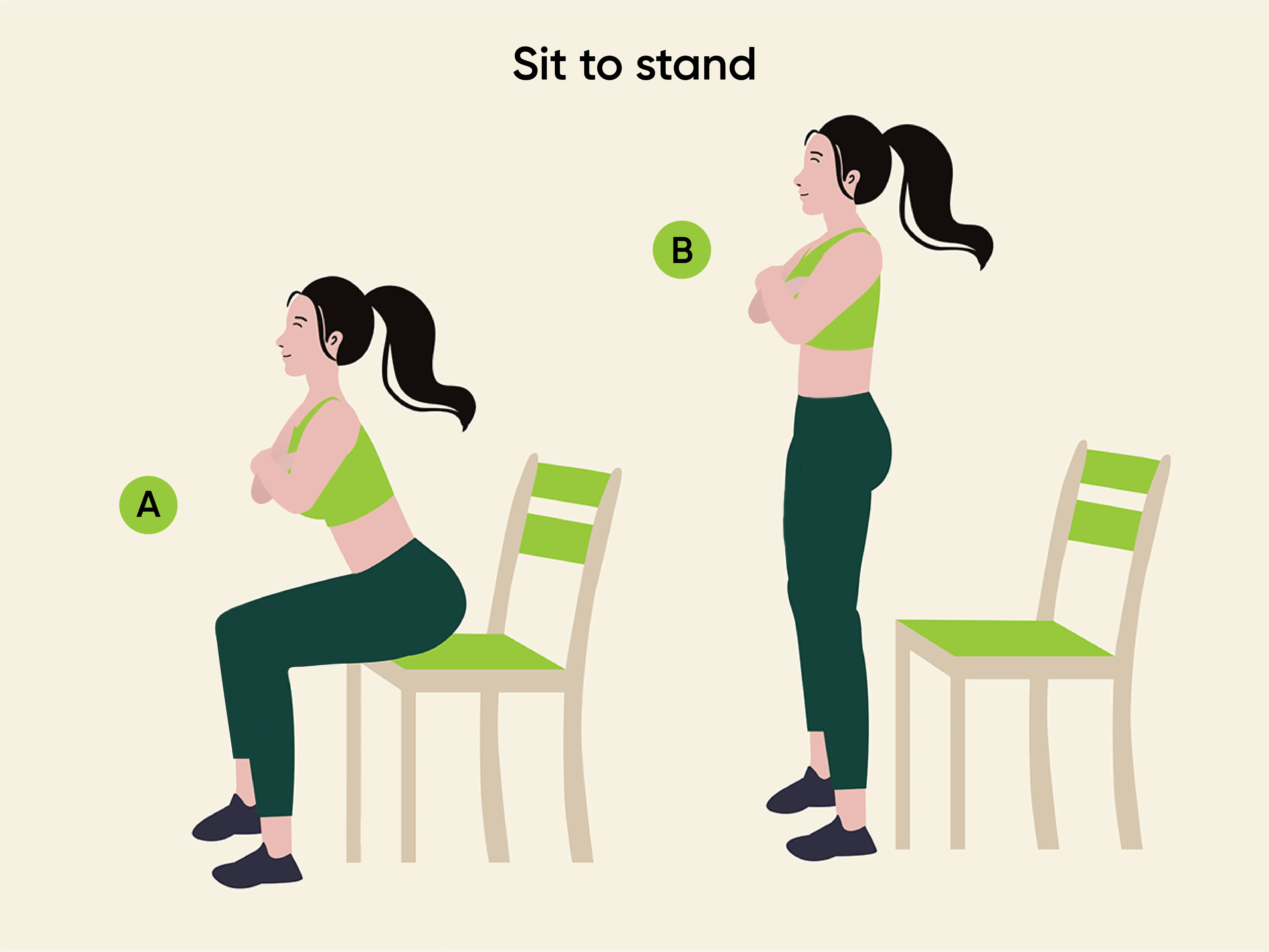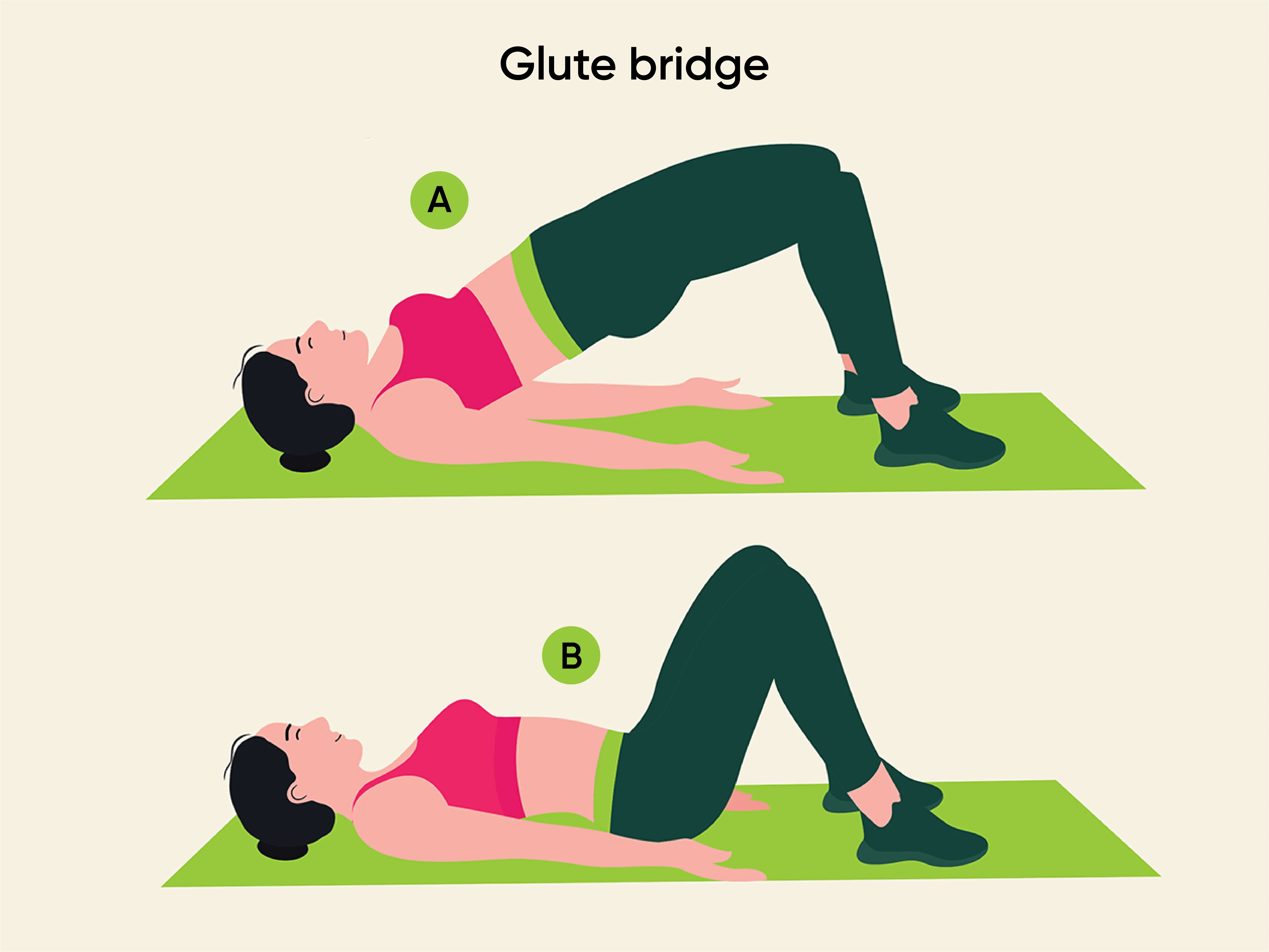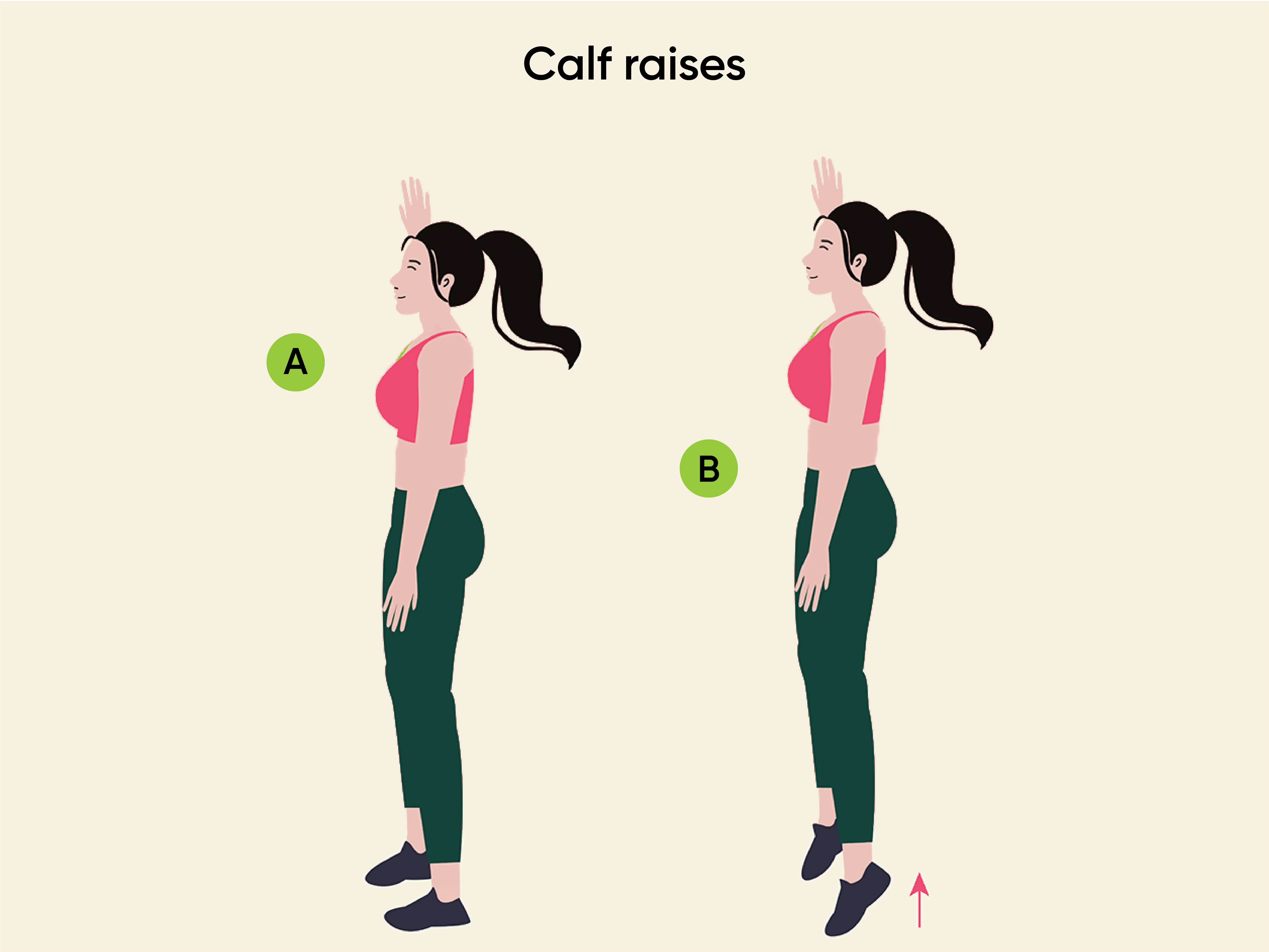10 ways to get more steps into your day

There’s a myth that you must do 10,000 steps a day to see health benefits, and this number can be overwhelming for so many of us. Luckily, science has debunked this myth. Research has shown that even a small boost in your daily step count can make a big difference to overall health.
How many steps should I do per day?
The good news is that one study in women found that doing just 4,400 steps a day reduced their risk of chronic illness by about 40% compared to those completing 2,700 or fewer steps a day.
The not-so-good news is that most Australians need to move more. Four out of five Australians are not meeting the physical activity guidelines. But we can be inspired by the idea that just a little bit of movement goes a long way and this helps to maintain good long term health.
So, how many steps should you do a day? Whilst there's no hard-and-fast rule, the research shows that the more you can move throughout the day, the better.
How can I get more steps in?
Here are some simple ways to incorporate more steps into your day that can be easily integrated into your routine:
- Walk your commute: to the school, train or bus stop instead of driving.
- Working from home?: grab your airpods, head outside and dial in to your meeting via phone as you walk.
- Take the stairs instead of the lift: it may sound cliché, but we’re going to say it anyway. Simple changes like this can add up over the day and have a big impact overtime.
- Get the family together for a weekend hike: it’s a great way to spend some time together and get some extra exercise too. Studies have shown that exercising outside in nature can have additional benefits for mental health and to help reduce stress.
- Take a walk after lunchtime: in addition to getting some extra steps, research has shown that walking after you eat is a great way to regulate blood sugar levels (which in turn may reduce the risk of developing type 2 diabetes).
- Get a dog or offer to walk a neighbour’s dog: we admit, it’s not for everyone, but research shows that dog owners tend to walk a lot more than their pet-free counterparts.
- Make it social: swap “coffee and cake” with your friends for a walking coffee date! Getting your friends involved will also help to keep you accountable and will make a long-term lifestyle change more sustainable.
- Scope out activities in your local council: such as weekend markets, events at the library and community buildings like leisure centres.
- Have you got housework piling up?: hanging out the washing or packing the dishwasher helps get you moving and add more steps in.
- Friday night and ordering take-out? if it’s within walking distance, save the delivery fee and take a walk to pick it up.
Sore from walking? Here are 3 exercises to level up your game
When you’re walking more, resistance training can help you to walk further without getting tired and reduces the risk of falls or injury. Here are three simple strength exercises that you can do at home (without equipment) to help get your body ready for more walking.
Exercise 1: Sit to stand
Why it’s great: will mostly strengthen the quadriceps (front of thighs) which are important muscles for walking, especially up hills or stairs.

- Start by sitting on a chair with your arms either across your chest.
- With your feet shoulder-width apart and flat on the floor, stand all the way up.
- Finish the movement by sitting back down again.
- Repeat for a total of 10 reps then have a break.
- Complete 3 sets of the above.
Exercise 2: Glute bridge
Why it’s great: will strengthen the glutes (bottom) and hamstrings (back of thighs) which are important muscles for balance and for propelling you forward to take longer, more powerful strides.

- Start by lying on your back with your knees bent and feet flat on the floor.
- Press your feet and shoulders into the floor to raise your hips off the ground. Your body should form a straight line from your shoulders up to your knees.
- Slowly lower your hips down, lightly touching the floor.
- Raise your hips off the ground again.
- Repeat for a total of 10 reps then have a break.
- Complete 3 sets of the above.
Exercise 3: Calf raises
Why it’s great: will strengthen the calf muscles (the back of the lower leg) which are important for keeping balance on uneven terrain as well as the “push off” phase of walking. This will help you walk faster over time.

- Start with your fingertips on a wall or table for balance.
- Raise up onto your tiptoes as high as you can before lowering back down.
- Don’t rest on the ground for too long before raising back up again.
- Repeat for a total of 10 reps then have a break.
- Complete 3 sets of the above.
These simple changes may help to sneak more steps into your day and support your body during the process. If you are experiencing pain or aren’t sure if you’re doing it right, chat with an expert. They will be able to adapt the exercises or prescribe new ones to suit your body and your ability.
Related articles:
- Guilty of skipping a warm-up? Here’s why you need to add it to your routine
- Want to exercise more but don’t know where to start?
- Does it really matter if you walk 10,000 steps per day?
Developed with Exercise & Sports Science Australia (ESSA).
Reviewed by Healthylife health experts August 2024
This article is for informational purposes only and does not provide medical advice, diagnosis, or treatment. Any information published on this website or by this brand is not intended as a substitute for medical advice. If you have any concerns or questions about your health you should consult with a health professional.